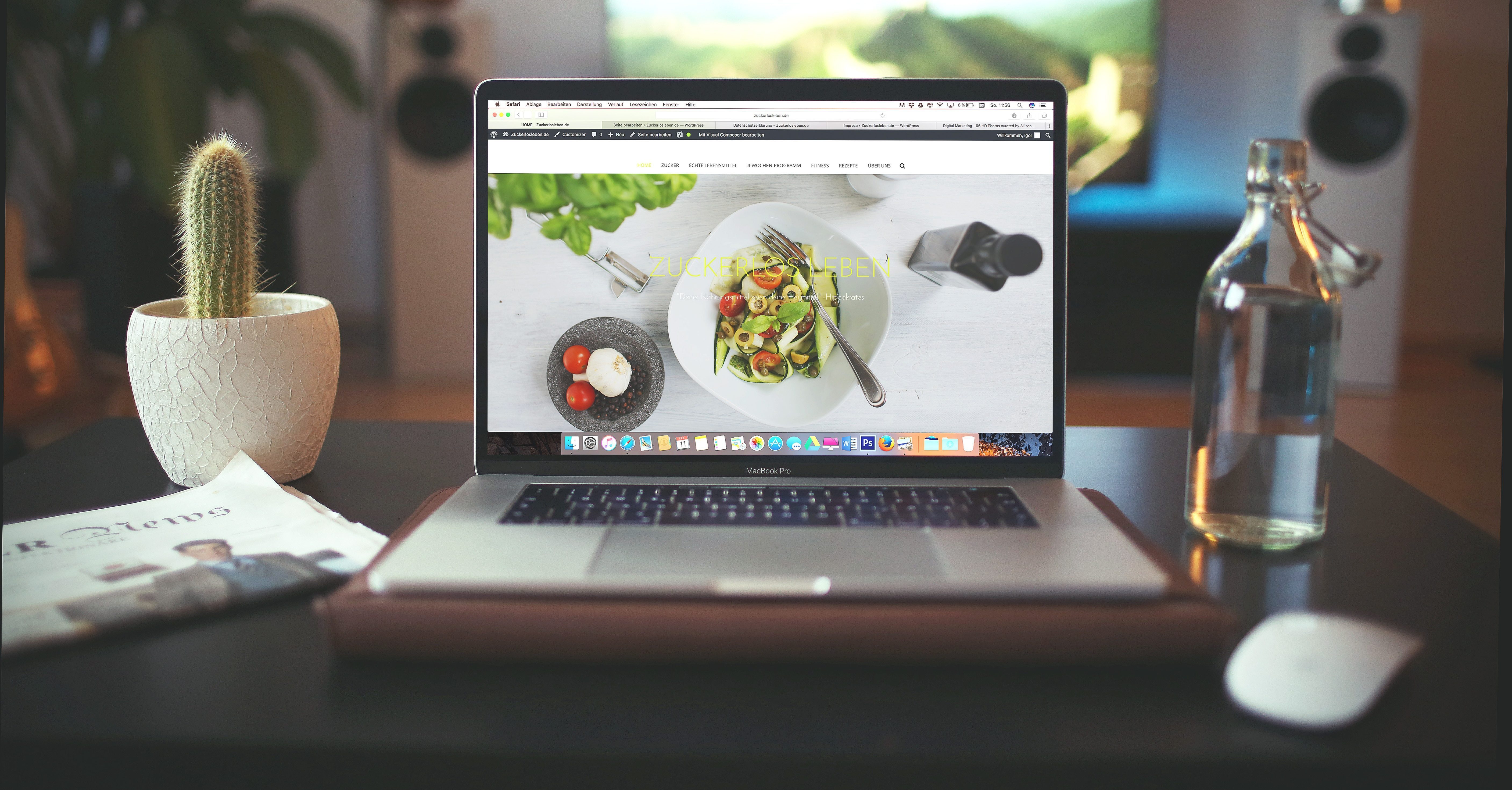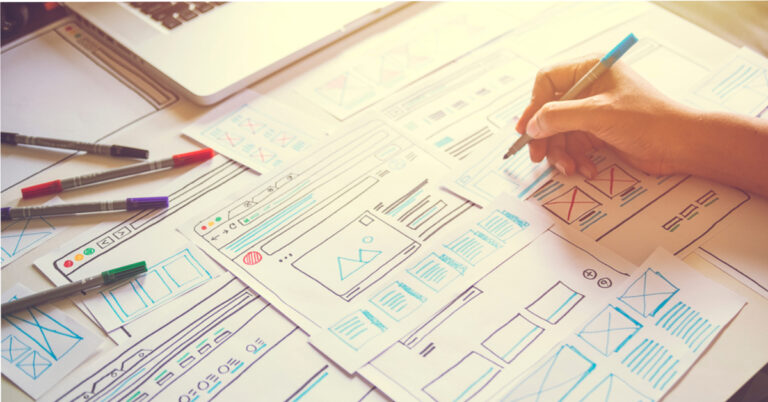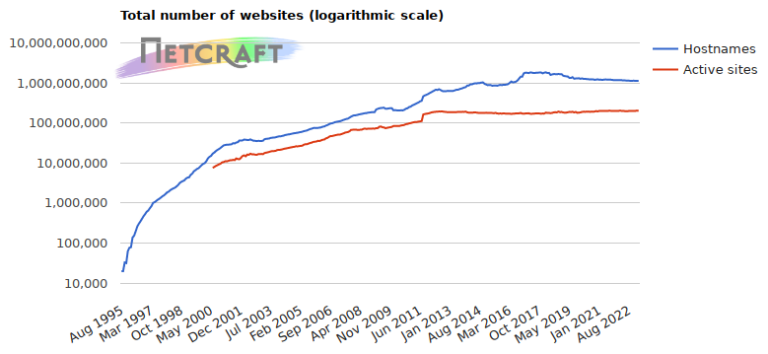
When you visit a website for the first time, it probably doesn’t take you long to judge whether the website is “good” or “bad.” It’s simple: Either you like it or you don’t. Either it’s easy to navigate or it’s not. First impressions mean a lot in the world of website design and marketing.
Marketing professionals often speak volumes about the importance of good content. You need to have good content on your website in order to be successful. But what matters, perhaps even more than the content itself, is the presentation.
If you want your website to really pack a punch and leave visitors wanting more, you will need to prioritize user experience, create and maintain a strong brand identity, and make the visual aspect of your website stunning.
When you put these things together, your website can make visitors feel positive about your brand rather than leaving them confused, turned off, or unimpressed.
User experience (UX) is meant to make the experience of visiting and navigating your website as easy and enjoyable as possible for people, and it goes beyond installing a nice WordPress theme (although that is a good start). If someone has to search for five minutes for your contact information or keeps getting directed to a page they didn’t click on, the UX isn’t going to be very good — and your visitors will likely feel negative about the experience.
The last thing you want is for visitors to leave your website with a bad first impression. If they do, they might never return. Luckily, there are some fairly easy things you can do to ensure your website covers the UX basics that will help your website visitors feel satisfied when they’re done browsing.
There are several parts of your website that will draw the most attention (and scrutiny) from viewers:
- Logo
- Navigation menu
- Search bar
- Main image
- Content
- Bottom banner
If you can focus your design attention to these sections of your website, you can help ensure that people will walk away with a positive user experience. If you still think these things are superfluous, think again. Your ugly website needs to go. Clean design, easy navigation, high-quality images, and strong content are all essential parts of a good website.
Creating, utilizing, and maintaining a strong brand identity can drastically change how visitors feel when they go to your website. In addition to leaving your website with interest, visitors could even leave with loyalty to you and your brand.
“Brands can identify themselves as belonging to a certain social categorization such as the youth,” according to the University of Southern California. “Loyalty is fostered by telling the target consumers that the brand is on their side as opposed to their competitors.”
If you think about the brands you know, love, and identify with, it’s easy to see that this is true. Brand loyalty is real, and creating it can hugely help your business and your website succeed. All of the components that create brand loyalty can be reinforced through how your website is designed.
However, don’t think that brand identity is something you create once and are done with. Just like the necessity of managing your website, you will need to manage your brand identity. Website owners and designers need to constantly reassess their brand in order to stay relevant and of interest to visitors. Brand identity requires ongoing maintenance, but the payoff can be big. Customers and visitors who feel loyal to your brand and website can be what leads you to success.
A great design is nothing without stunning visuals to accompany it. In fact, some might argue that visuals are the most important part of any website. If you’re skimping on visuals, you’re likely thinking that content is far more important and that stock photos will get the job done.
Not so. Images stick with people and can mean the difference between a positive UX or a negative one. Investing time and money in high-quality visuals is worth it. So what makes a visually appealing website?
Design, color, pictures, graphics, usability, and consistency all contribute to visually appealing websites. Since people are going to be drawn to images before they dive into text, you want to be sure that the images, photos, and graphics on your site are going to make people want to know more. Investing in photography and graphics creation is one of the best things you can do for the success of your website.
It’s clear that the way your website looks can change how visitors feel. By prioritizing user experience, creating a strong brand identity, and not skimping on the visuals, you can help ensure that your website visitors feel good and come back wanting more.



